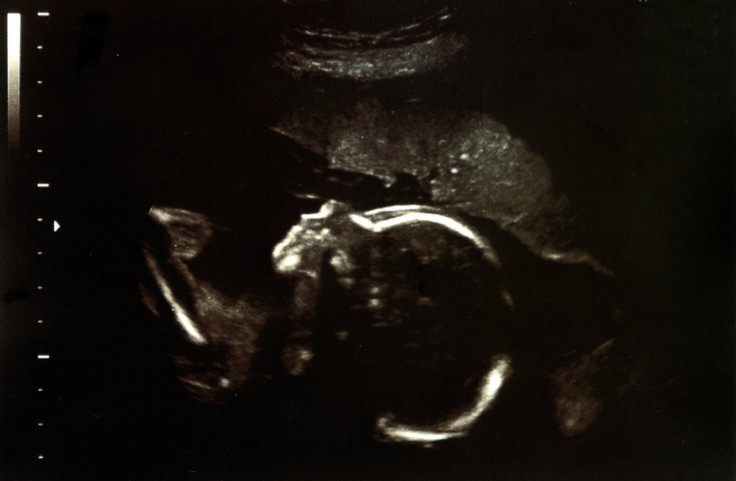Proteins In Fetus' Lungs May Trigger Their Mom's Labor, Could Lead To Treatment For Premature Births

It’s a standard trope that’s exploited by many a sitcom: a pregnant woman unexpectedly going into labor.
But now, thanks to the work of researchers primarily from the University of Texas Southwestern Medical Center, we might finally understand why and how the process of labor begins. And their findings may someday allow us to prevent or delay premature births.
Publishing their work in the Journal of Clinical Investigation, the researchers, using mice, discovered that two specific proteins, steroid receptor coactivators 1 and 2 (SRC-1 and SRC-2), may have a crucial role in initiating labor. These proteins switch on genes in the fetus’ lung that release pulmonary surfactant components, which, while already known to help the fetus breathe once outside the mother’s womb, also may trigger an inflammatory response that begins the labor process. Their results, though not the first to suggest that the fetus jumpstarts their mother’s labor, may be the first to pinpoint an exact cause.
"Our study provides compelling evidence that the fetus regulates the timing of its birth, and that this control occurs after these two gene regulatory proteins — SRC-1 and SRC-2 — increase the production of surfactant components, surfactant protein A and platelet activating factor," said senior author Dr. Carole Mendelson, Professor of Biochemistry, and Obstetrics and Gynecology at UT Southwestern, in a statement by the university.
Shoring up their conclusions, the authors also found that decreased levels of the SRC proteins coincided with the less production of the surfactants and the delay of birth in mice. The one to two day delay observed in their mice might correspond to a three to four week delay in women. When they injected the mice with the necessary surfactants in their amniotic fluid, they were able to ensure the normal timing of their pregnancy. That last success might someday lead to a practical application for mothers-to-be worried about a premature birth.
"By understanding the factors and pathways that initiate normal-term labor at 40 weeks, we can gain more insight into how to prevent preterm labor," said so-author Dr. Mendelson, Director of the North Texas March of Dimes Birth Defects Center at UT Southwestern.
As time has gone on, medical experts have become keenly aware of the lingering dangers brought on by a too-early term pregnancy. Autism, cerebral palsy, developmental delays and even a higher rate of early mortality in adulthood have been linked to premature birth — to say nothing of the often deadly complications that occur during the actual birth. The Centers for Disease Control reports that as many one in every nine children in the United States are born premature, as of 2012. And the authors explain that as 1.1 million children worldwide die annually as a result of being born premature.
In that sense, their findings, and further plans to investigate the mechanisms behind premature labor, may someday prove life-changing for future generations of children and their families.
Source: Gao L, Rabbitt E, Condon J, et al. Steroid receptor coactivators 1 and 2 mediate fetal-to-maternal signaling that initiates parturition. Journal of Clinical Investigation. 2015



























